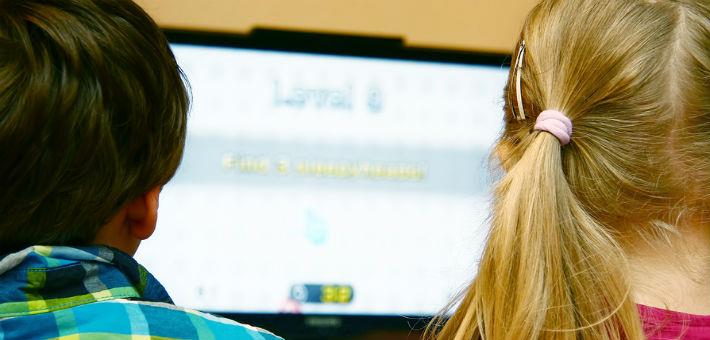
Physically Disabled Characters Heavily Underrepresented in American Children’s TV Programs
Media representations of social minority groups are assumed to have an important influence on children’s attitude towards these groups. Therefore it’s important to look at the way minorities are nowadays represented on children’s television. A study in Early Education and Development investigated the representation of characters with a physical disability in children’s programming on American TV networks and found that these characters are very underrepresented. However, when shown, they are depicted positively.
Take aways
- Characters with a physical disability are very underrepresented in children’s programming on American television networks (e.g., NBC, Nickelodeon, Cartoon Network).
- When physically disabled characters are shown, they are mostly older males and presented as morally good, attractive, satisfied with life, and mostly treated as equals.
- For policy makers it’s important to realize that characters with a physical disability are portrayed generally positive in children’s programming, however they must stimulate program developers to upscale the frequency of these portrayals.
Study information
The question?
How is physical disability represented in children’s television programming?
Who?
280 taped hours of children’s programming on American television networks
Where?
US
How?
To measure the frequency and the context of portrayal for characters with a physical disability (i.e., any individual who possesses physical impairments that interfere with stability, mobility, and/or common functioning), the researcher analyzed children’s programming on eight different networks (NBC, CBS, ABC, Fox, PBS, Nickelodeon, Disney, and Cartoon Network). Each network was taped five hours a day for one week.
Facts and findings
- Only 0.4% of the characters in children’s television programs were physical disabled, while in ‘real life’ 14% of the Americans possesses some type of physical disability.
- When shown, the great majority of disabled characters was presented as morally good (89%), attractive (72%), and satisfied with life (61%).
- In addition, the majority (67%) were treated in the same way as other characters.
- Those characters shown with a physical disability tended to be older males (61%) with a permanent disability, mostly visible by a wheelchair (44%) or walking cane (44%).
- Most (72%) of the characters with a disability had a minor role in the program plot, or served as background characters.